
Paleolandscapes and the ca. 8,000 BP Shoreline of the Gulf of Mexico Outer Continental Shelf
Past Expedition
Overview
During this mission, scientists conducted remote sensing and sub-bottom profiler surveys to determine if people were living along the now-submerged northwestern Gulf of Mexico and coastal Texas and Louisiana as early as 13,000 years ago, with the objective of adding more information to an overwhelming puzzle. With additional information, they can determine what a place was like, what life would have been like there, and what the people that would have been there were like as well.
Features
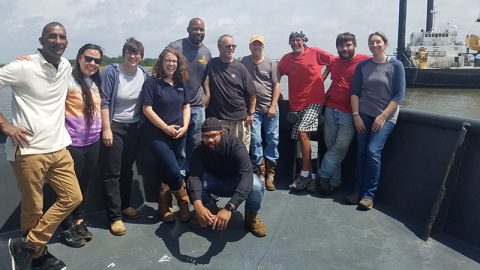
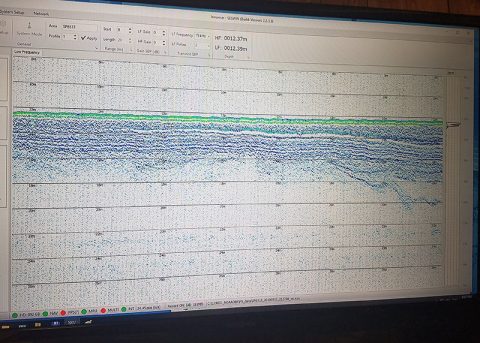
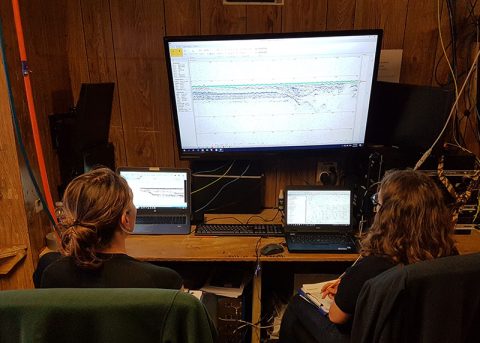
View Less
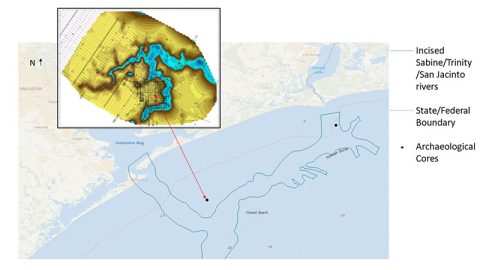
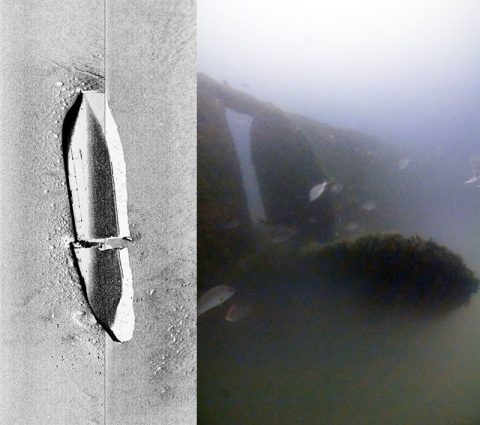
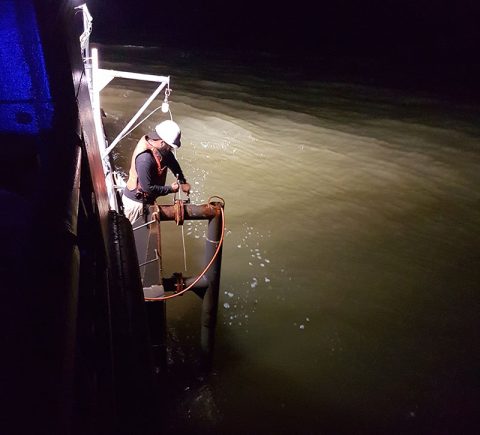
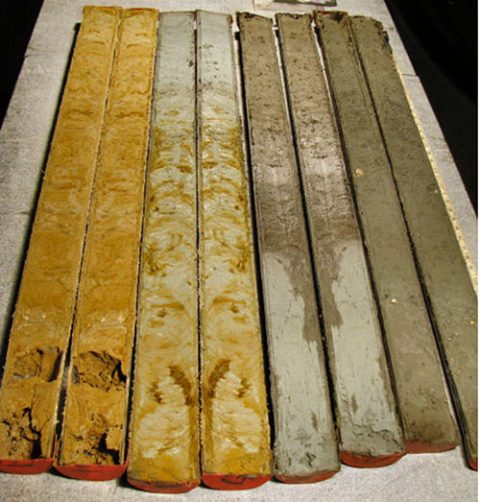
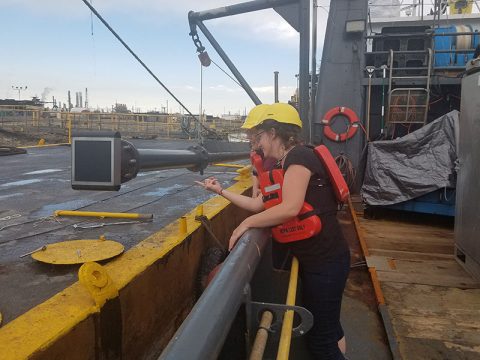
Multimedia
Featured multimedia assets associated with this project.
Meet the Exploration Team
Learn more about the team members and their contributions to this project.




